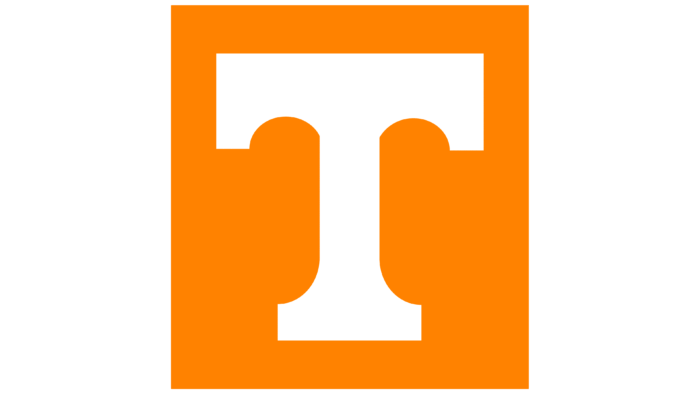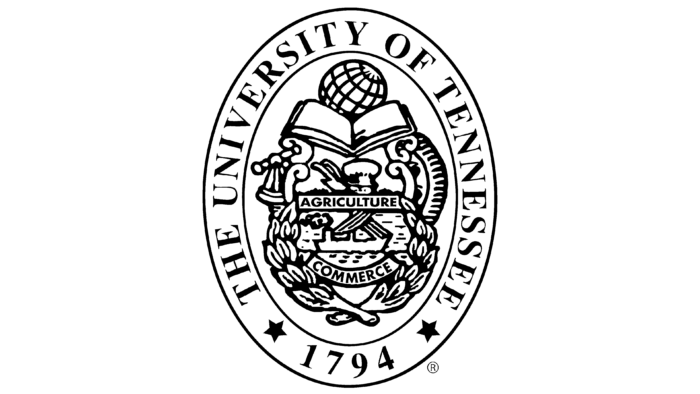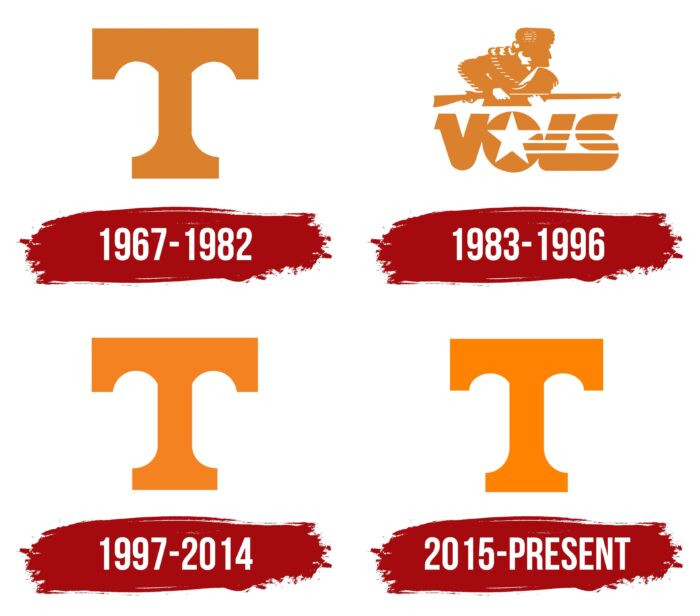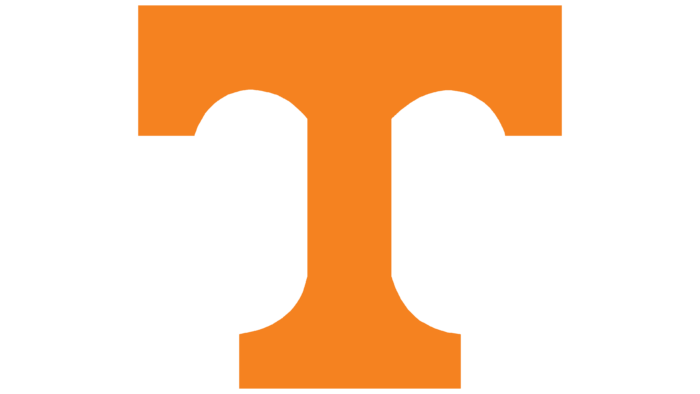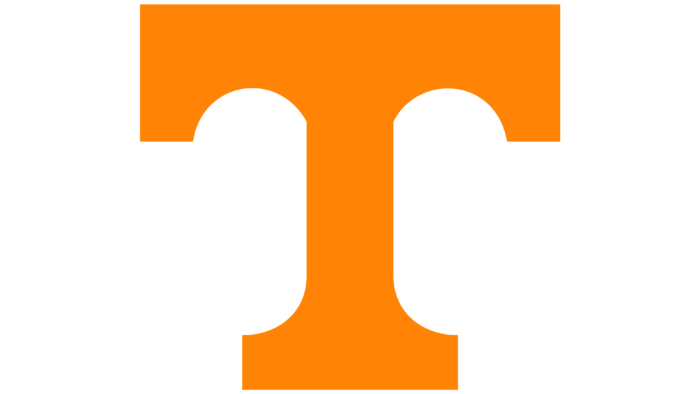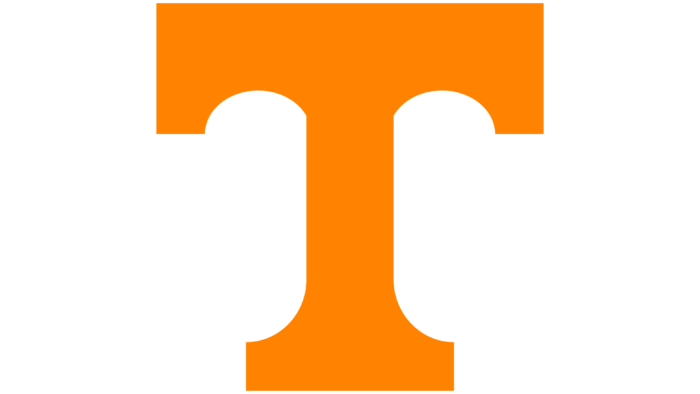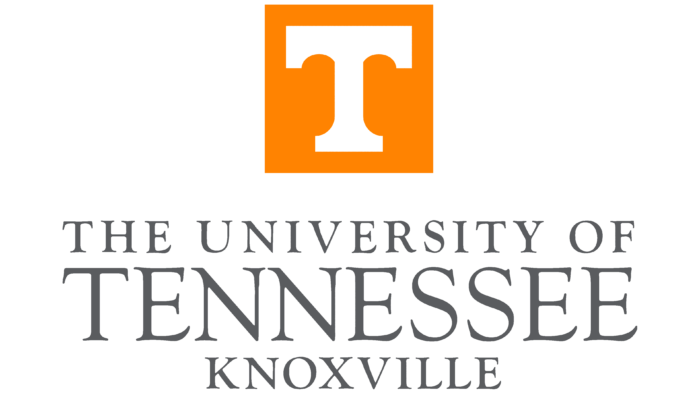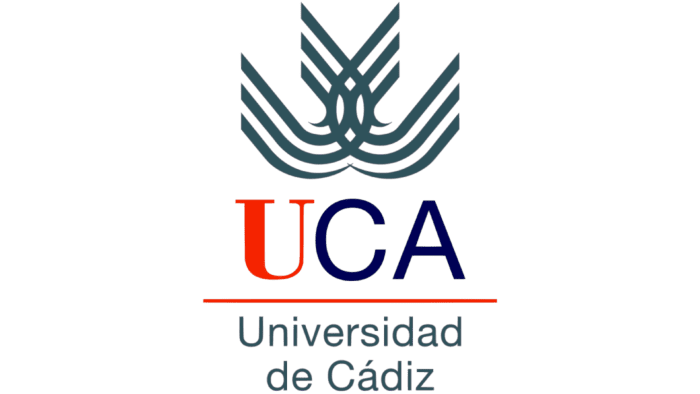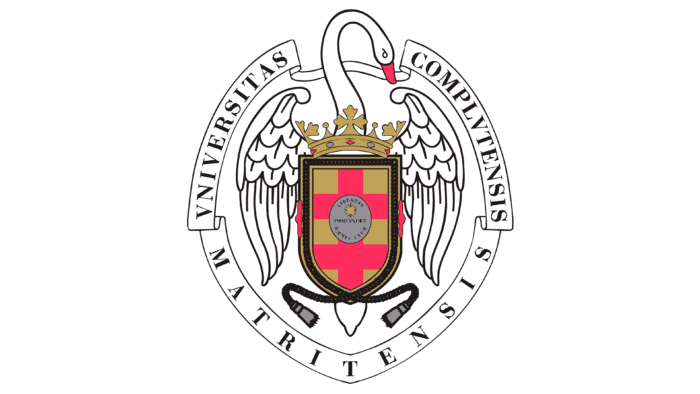 University of Tennessee Logo PNG
University of Tennessee Logo PNG
Unity and mutual support come first in University of Tennessee logo. Students who come from the institution’s walls achieve significant career heights and are role models, inspiring and guiding new students.
University of Tennessee: Brand overview
| Founded: | September 10, 1794 |
| Headquarters: | Knoxville, Tennessee, United States |
| Website: | utk.edu |
Meaning and History
Blount College first opened in Knoxville. For more than a decade, it barely made ends meet due to insufficient enrollment and a shortage of teachers. Then the institution was renamed East Tennessee College. This happened in 1807, and a short time later, its only teacher died, so the institution was closed. It was restarted in 1820, but the small size of the building greatly impeded development.
Then Thomas Jefferson, a diplomat, lawyer, architect, and third president of the United States, advised changing the location and building new buildings. He chose an area called Barbara Hill, which later became known simply as The Hill. By 1828 the university had moved there completely. The next launch of its activities took place in 1840. At that time, it was granted university status and named East Tennessee University (ETU).
The general university logo is made of two parts. The graphic element is placed on the left side. It bears a large “T” of vaulted construction. The letter protrudes from the negative space, surrounded by an orange background, and is in a square with clear edges. It is wide, solid, with a stable sloping foot and lowered serifs. To the right of it is the full name of the university, spread over two lines: “The University of” at the top and “Tennessee” at the bottom. Because of the difference in the number of characters, the first half of the inscription is written in small and the second half in large types. Below them is the city in which UT operates. All rows are left-aligned—the primary color of the letters is dark gray.
Seal
One of the oldest higher education institutions in the United States has a seal in an unusual shape. The thing is that it forms not a circle, as most universities do, but an oval. It is elongated vertically and consists of two basic parts. The middle part contains images of agricultural implements since the homeland of the university has always been famous for its agricultural orientation. In addition, the commercial vein of the area is emphasized. This is evidenced by the inscriptions “Agriculture” and “Commerce” placed on the ribbons: the first word on the straight one, the second on the arched one.
Also featured here is a steamboat floating on the water, a plow, a telescope, a set of mathematical tools, and a fragment of a pinion. Above them are an open book and a globe. At the bottom are intertwined two branches of a laurel tree. The centerpiece is surrounded by broadband that reads “The University of Tennessee” and the year the university was founded, “1794.” The letters are bold, capitalized, and serifed.
Tennessee Volunteers Logo
University athletes are NCAA Division I, SEC, and Big 12 Conference (rowing team) participants. The women’s basketball players are the most successful, winning eight titles, second only to the UConn Huskies. In 2014, the university overhauled the athletic department by removing the word “Lady” from its name. Both the men’s and women’s squads are called by the same name. They got their nickname because of historical events when so many volunteers left Tennessee for the wars of 1812. The athletes were first called that in 1902, after a soccer game played against the Georgia Tech Yellow Jackets. And they had several logos.
1967 – 1982
The emblem shows a large “T.” It alone occupies the entire space, leaving only the sides free because of the specificity of the leg. The letter is drawn in the style of an architectural structure with vaulted openings, and its middle is perceived as a central column. It harmoniously combines smooth transitions and right angles.
1983 – 1996
In 1983, after a redesign, a waist-length figure appeared on the logo. He holds a long-barreled shotgun in his hands, emphasizing the tense situation. His body points forward, his lips are pressed together, and his brow arches are lowered, indicating the hunter’s concentration. There are distinct notches on his sleeves and a fur hat with a striped raccoon tail on his head. Beneath the figure, in large letters, is the word “VOLS” (short for Volunteers’ nickname). The font is coherent, capital, flowing, and slightly italicized at the end. And the “O” is complemented by an internal gap in the shape of a five-pointed star, and the “L” and “S” are crossed out by horizontal stripes, adding to the emblem’s dynamism.
1997 – 2014
With the return of the logo as a single “T,” the designers lightened the orange color a bit.
2015 – today
The rebranding done in 2014 brought minor changes to the emblem. Due to the reduced height and width, the letter became more compact.
The blocky “T” plays a key role in the University of Tennessee identity. It is present in both the university-wide logo and the athletic logo. The only difference between them is that in the first case, the letter is painted white and is located in an orange square, and in the second – it has an orange fill and is located on a completely white background.
Font and Colors
The University of Tennessee has two official fonts, sans serif and sans serif. It uses the Gotham typeface for business documents, internal and external correspondence, academic documents, and anything related to academic work. The second one is Georgia, which is also used in the Idénique. It refers to the recommended options when it is necessary to demonstrate the high importance of university attributes.
The main UT colors are Pantone 151, orange, and white. A smoky gray, close to a graphite shade (Pantone 426), is also used. They were chosen in 1889 by Charles Moore, who ran the university’s athletic association. The combination was inspired by the orange and white daisies that grew on the university’s site, Barbara Hill. In 1892 this palette was canceled due to student dissatisfaction. However, they couldn’t suggest anything suitable to replace it, so a day later, the original palette was approved back.
University of Tennessee color codes
| Safety Orange | Hex color: | #ff8200 |
|---|---|---|
| RGB: | 255 130 0 | |
| CMYK: | 0 49 100 0 | |
| Pantone: | PMS 1505 C |
